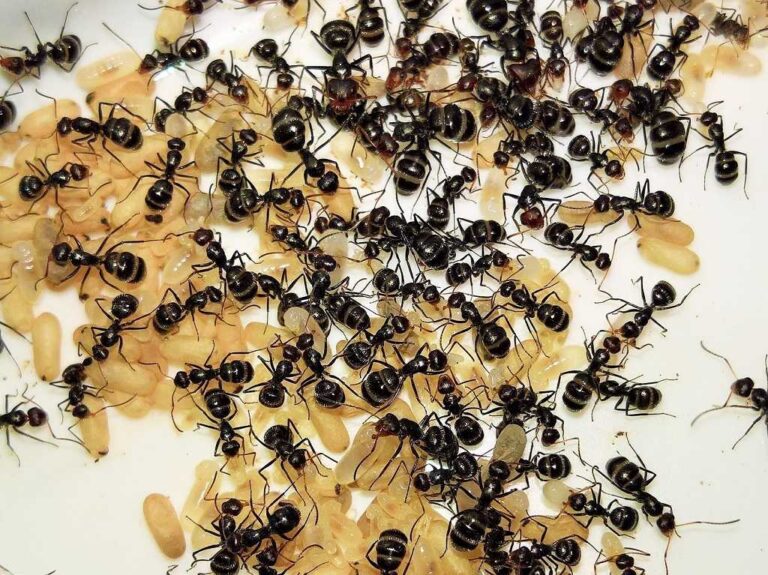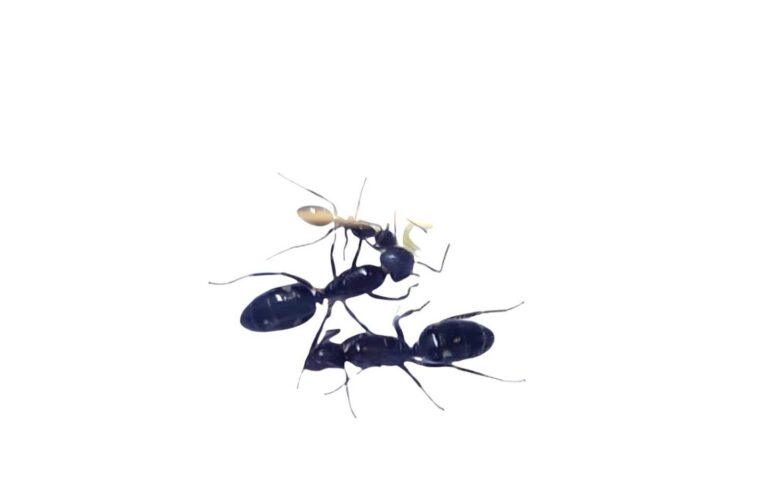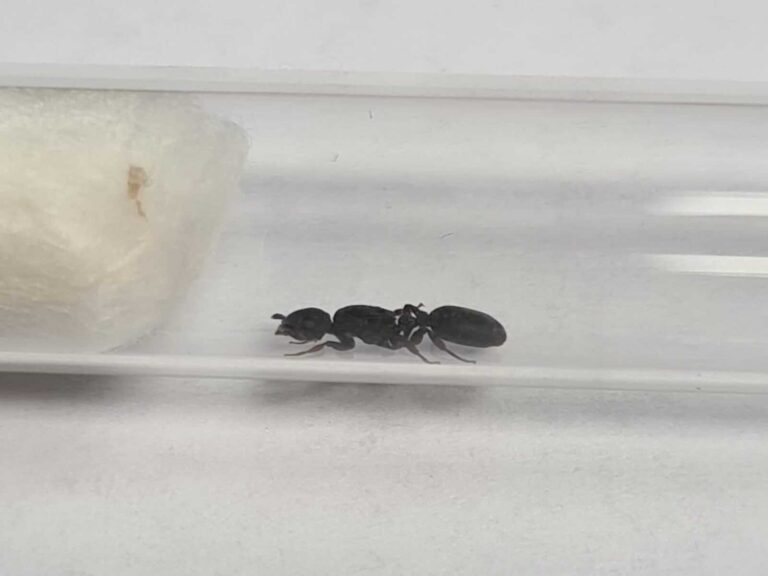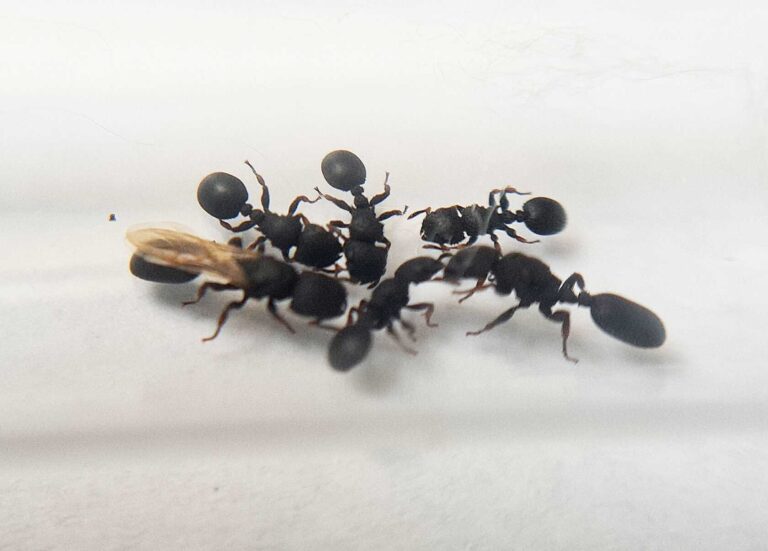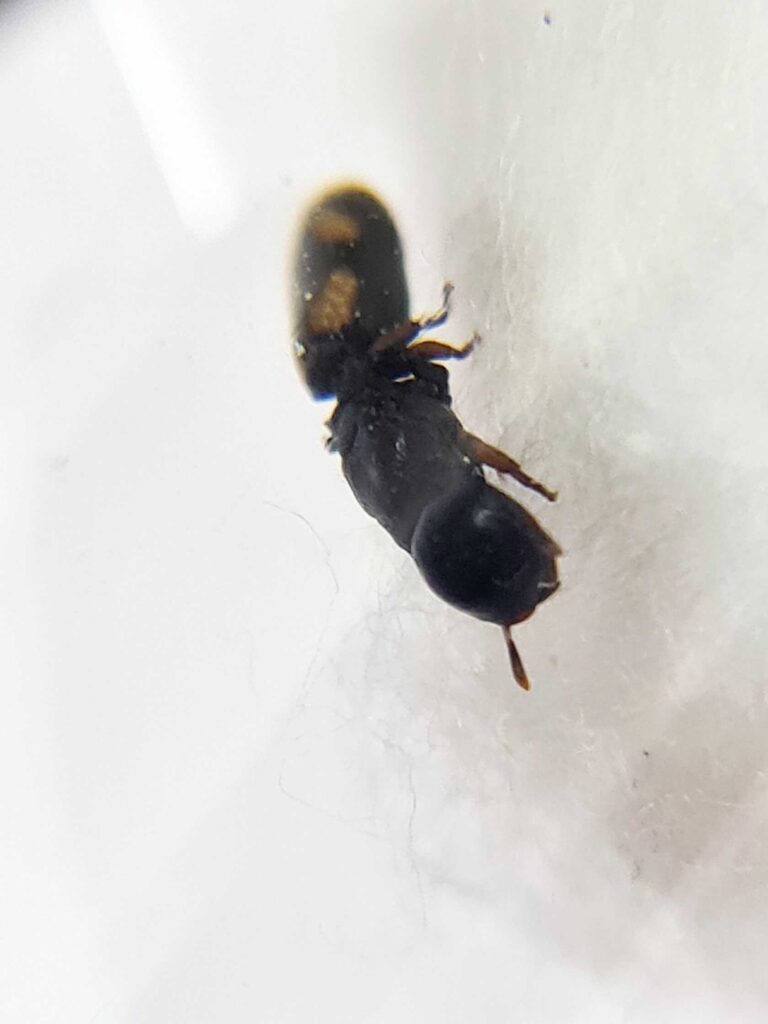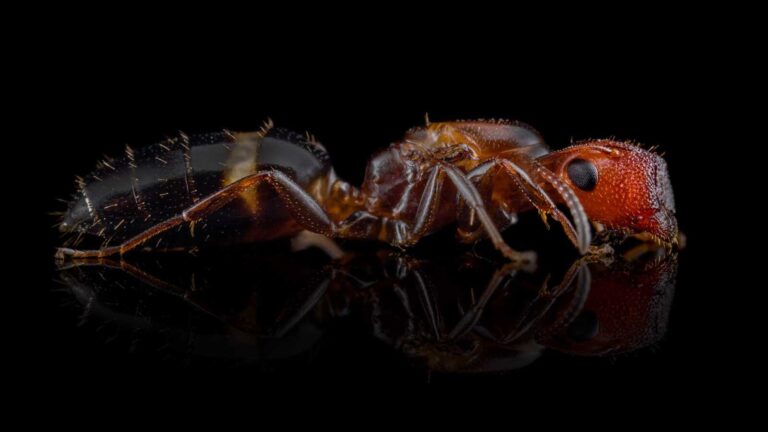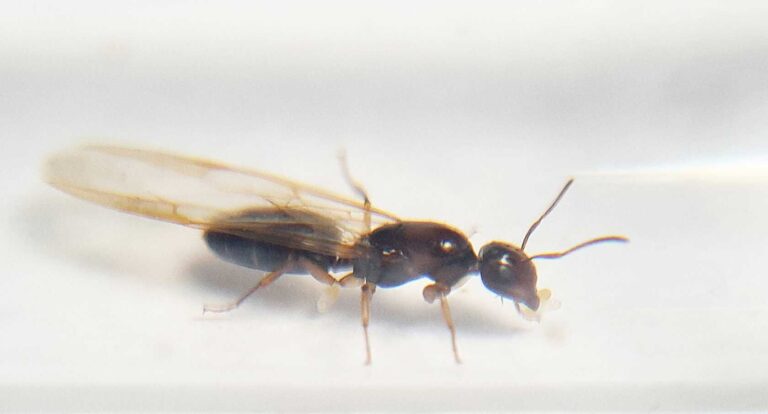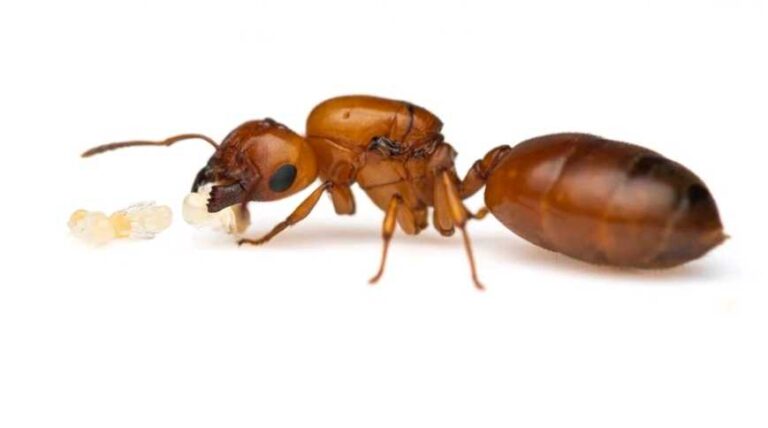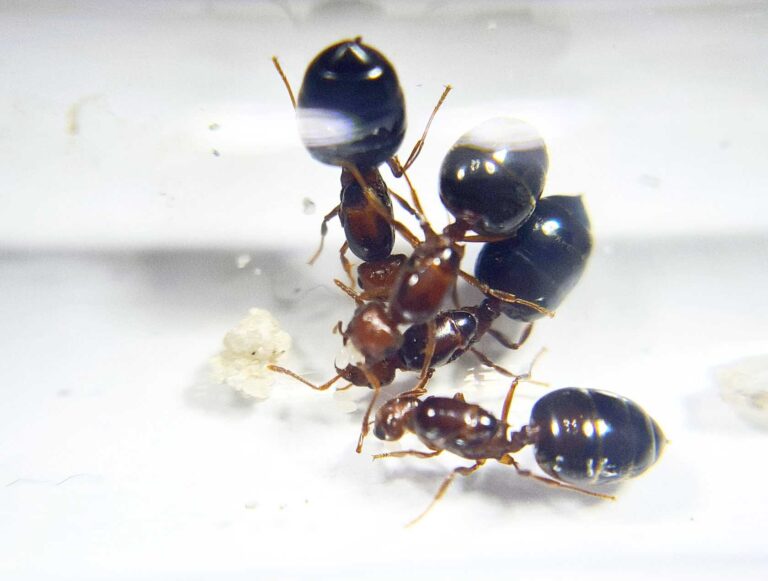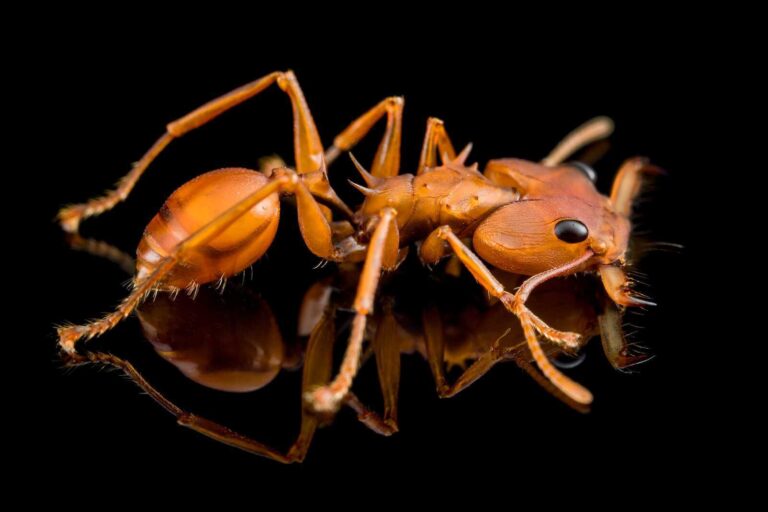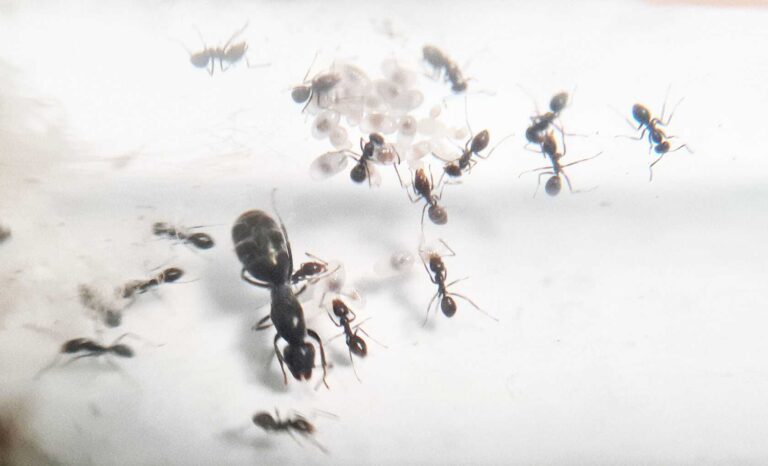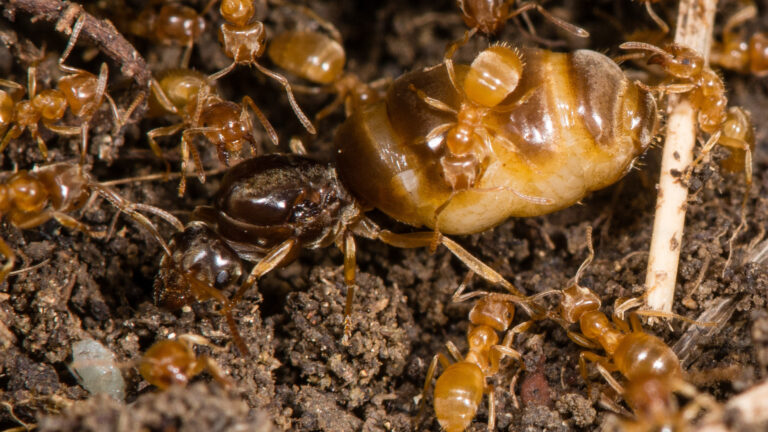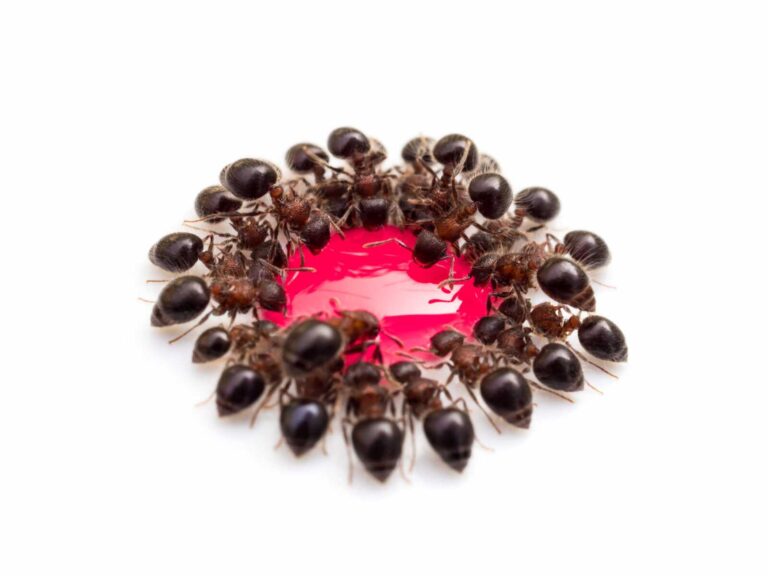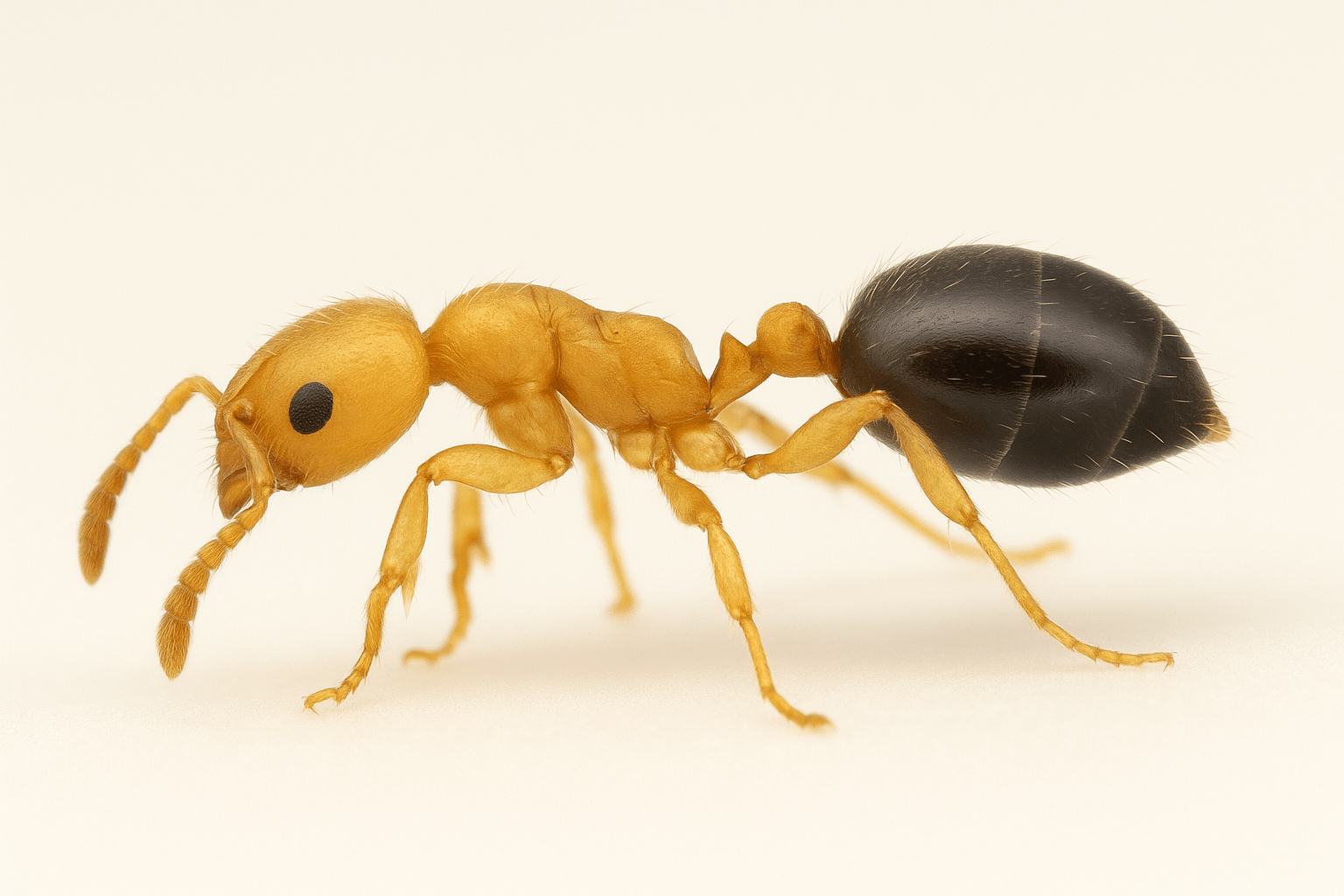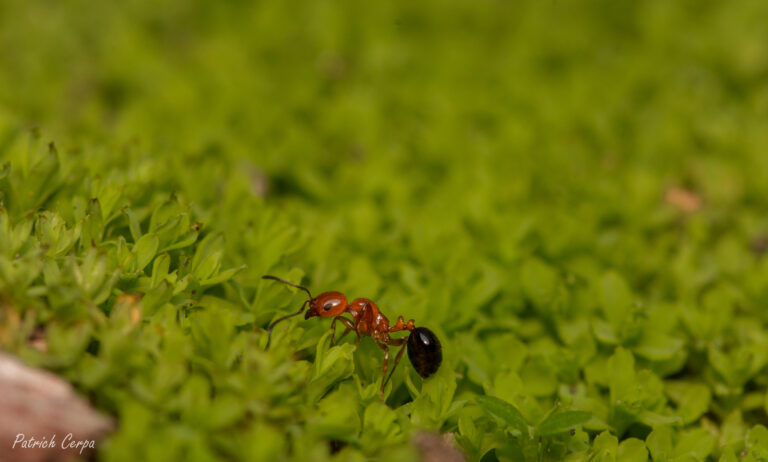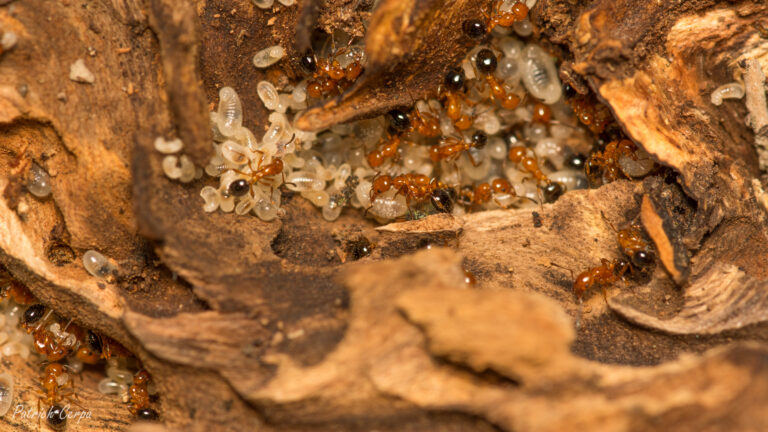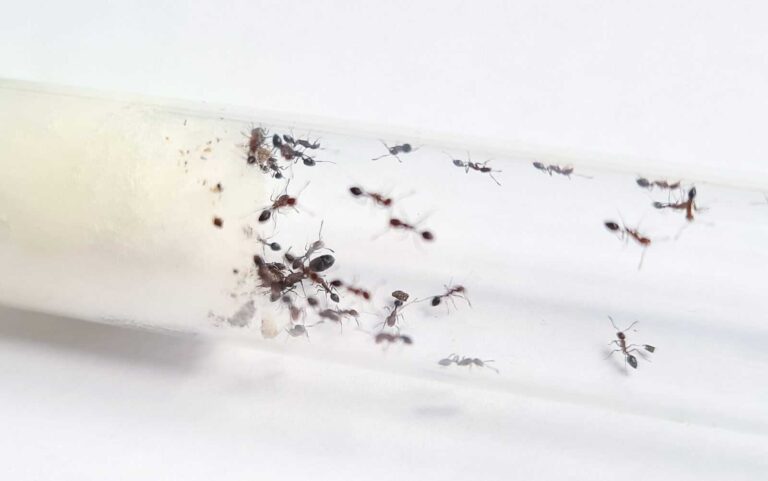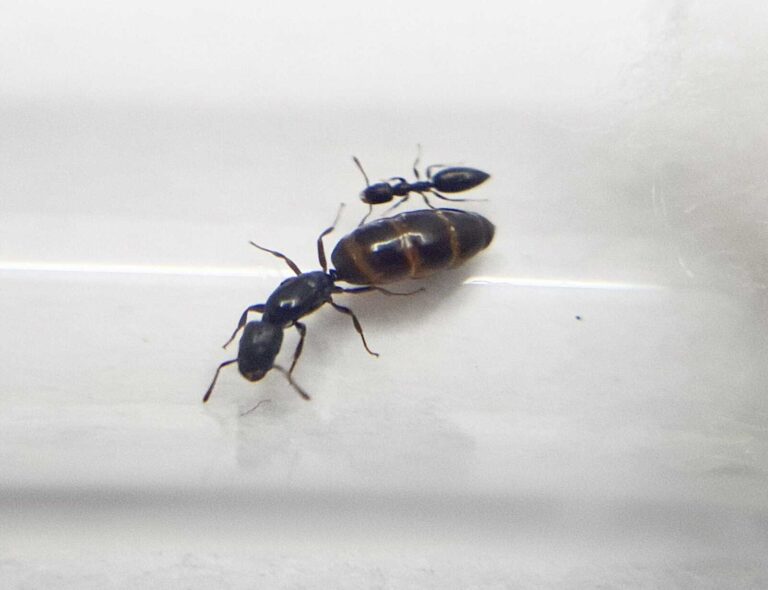Showing 21–40 of 62 results
- Queen 61
- Queen and 1-50 workers 2
- Queen and 1-3 workers 60
- Queen and 4-10 workers 60
- Queen and 11-20 workers 60
- Queen and 21-40 workers 60
- Queen and 41-60 workers 59
- Queen and 61-100 workers 45
- Queen and 51-100 workers 2
- Queen and 101-200 workers 14
- Queen and 201-500 workers 4
- Queen and 501-1000 workers 1
- 2 Queens 9
- 2 Queens and 1-50 workers 1
- 2 Queens and 1-3 workers 8
- 2 Queens and 4-10 workers 8
- 2 Queens and 11-20 workers 8
- 2 Queen and 21-40 workers 8
- 2 Queens and 41-60 workers 8
- 2 Queens and 61-100 workers 5
- 2 Queens and 101-200 workers 6
- 2 Queens and 51-100 workers 1
- 2 Queens and 201-500 workers 2
- 3 Queens 5
- 3 Queens and 1-50 workers 1
- 3 Queens and 1-3 workers 5
- 3 Queens and 4-10 workers 5
- 3 Queens and 11-20 workers 5
- 3 Queens and 21-40 workers 5
- 3 Queens and 41-60 workers 5
- 3 Queens and 61-100 workers 4
- 3 Queens and 51-100 workers 1
- 3 Queens and 101-200 workers 3
- 3 Queens and 201-500 workers 2
MicroMicro 13
MediumMedium 159
LargeLarge 73
HugeHuge 14
Camponotus brevis is a monogynous ant species with a colony size of up to 2000 workers. They have a fast development speed and come in sizes ranging from 3.5 to 8.5mm. They are black-brown in color and their nutrition includes insect food, syrup, fruit, vegetables, jelly, and cooked chicken without salt.
The Camponotus sexguttatus ant colony is polygynous and can have up to 10,000 workers. They have a medium development rate. The queen is 5-7mm in size, while workers are 4-5.5mm and majors are 4-6mm. They are glossy black with black stains on their abdomen. Their nutrition consists of food insects, syrup, fruit, vegetables, and jel.
Cataulacus granulatus is a polygynous ant species with a fast development speed. The colony size is approximately 1000 individuals. The queen measures 7-9 mm in size, while the workers measure 5-6 mm. They are black in color. Their nutrition consists of food insects, syrup, fruit, vegetables, jelly, and cooked chicken without salt. The required humidity level is not specified.
The captivating ant species, Cataulacus horridus, is loved by ant-keepers for its unique characteristics and interesting behaviors. With the ability to thrive in polygynous colonies, this species amazes enthusiasts with its harmonious coexistence of multiple queens. Discover the allure of Cataulacus horridus and its intriguing social structure.
The Cephalotes Minutus ants are a unique species known for their polygynous colonies and colony sizes of up to 10,000 workers. With a moderate development speed, these ants are fascinating to observe and care for.
Colobopsis truncata is a monogynous ant species with colony sizes of up to 1000 workers. They have a medium development speed and typically measure 6-8mm for queens and 3-5mm for workers. They are reddish brown in color, with a brownish-black belly and top of the head. Their diet consists of food insects, syrup, fruit, vegetables, jelly, and cooked food.
Colobopsis vitrea is a monogynous ant species with a colony size of up to 1000 workers. They have a medium development speed and their queen is 8-11mm in size while workers are 3-7mm. The ants are reddish brown in color and can be fed with food insects, syrup, fruit, vegetables, jelly, and cooked chicken without salt.
Crematogaster castanea is a monogynous ant species with colonies consisting of a single queen and up to 20,000 workers. They have a fast development rate and are characterized by their orange-red coloration with black markings. They require a specific humidity level of 30-50% in their hunting area and 50-70% in their nest. The temperature requirements are not specified.
Crematogaster cerasi is a monogynous ant species with colonies of up to 20,000 workers. They have a fast development speed and the queen is 7-8 mm in size while the workers are 3-4 mm. They are shiny black in color and their nutrition consists of insect food, syrup, fruit, vegetables, jelly, and cooked chicken without salt.
Crematogaster modiglianii is a polygynous ant species with a fast development speed. The colony can reach up to 20,000 workers. The queen measures 8-9 mm, while the workers measure 3-4.5 mm. They have a black abdomen and dark brown body. Their nutrition consists of insect food, syrup, fruits, vegetables, jelly, and cooked chicken without salt.
Crematogaster nigeriensis is a polygynous ant species with colonies that can contain up to 10,000 workers. They have a fast development speed and the queen is about 8.5-9.5 mm in size while workers are 3.2-3.8 mm. They have a brown body and black abdomen. Their nutrition consists of food insects, syrup, fruit, vegetables, jelly, and cooked chicken without bones.
Daceton armigerum ants are small, orange-colored ants with a unique head and body structure. They form monogynous colonies with a single queen and have a moderate development speed. These ants typically nest in tree holes and can grow into colonies of up to 2000 individuals.
Iridomyrmex bicknelli is a monogynous ant species with medium development rate and a colony size of up to 50,000 workers. The queen is 6-7 mm in size while the workers are 3-4 mm and the ants are black in color. They are fed with a variety of food including insects, syrup, fruits, vegetables, jelly, and cooked chicken without salt.
Lasius flavus is a peaceful, slow-growing species best suited for patient keepers who enjoy subtle colony dynamics over flashy surface activity. Their unique subterranean behavior, gentle disposition, and aphid-farming instincts make them a fascinating contrast to surface-foraging species like L. niger or L. alienus. Ideal for naturalistic setups and long-term observation, L. flavus offers a deep look into the hidden world beneath our feet.
Meranoplus bicolor is a monogynous ant species with colonies of up to 10,000 workers. They have a medium development rate and the queen measures 8-9mm while workers measure 3-5mm. They have a black abdomen and a red body. Their nutrition consists of food insects, syrup, fruits, vegetables, jelly, and cooked chicken without salt.
Monomorium cekalovici is a monogynous ant species with colonies reaching up to 10,000 workers. They exhibit a moderate development speed. The queen measures approximately 8–9 mm in length, while workers are 2.5–3.5 mm. Their head and thorax are yellowish-brown, contrasting with a darker brown gaster. They feed primarily on small insects, sugary liquids, jelly, fruit, and protein-rich foods such as cooked egg or chicken.
Monomorium chilense is a small, fast-developing ant species native to South America. Workers measure 2–3 mm, and queens about 5–6 mm. They are light to reddish-brown, highly active, and efficient foragers. Colonies grow quickly with warmth and protein-rich diets. Though non-aggressive, they are excellent escape artists and require secure, compact nests. Ideal for keepers seeking a small, adaptable, and low-maintenance species.
Monomorium subopacum is a polygynous ant species with a colony size of 100,000 workers. They have a fast development speed and the queen measures 5-6 mm while the workers measure 2-3 mm. They are brown in color and their diet consists of food insects, fruit, vegetables, and syrup. They require humidity levels of 30-50% in the arena and 50-70% in the nest, with a temperature range of 24-30°C.
The Myrmelachista chilensis is a cologne with a monogyny type. It has a fast development speed and can have several hundred workers in the colony. The queen is 6.5-7.5 mm in size while the workers are 3.5-6 mm. The ants are black and brown in color. They feed on food insects, fruit, and syrup. They require humidity levels of 30-50% in the arena and 50-70% in the nest.
Myrmelachista hoffmanni is a species of ant characterized by its monogyny colony type and the ability to have several hundred workers. They have a fast development speed and range in size from 6.5-7.5 mm for queens and 3.5-6 mm for workers. Their coloration is black and brown and they have a varied diet of food insects, fruits, and syrup. The ants thrive in a humidity range of 30-50% in the arena and 50-70% in the nest.


